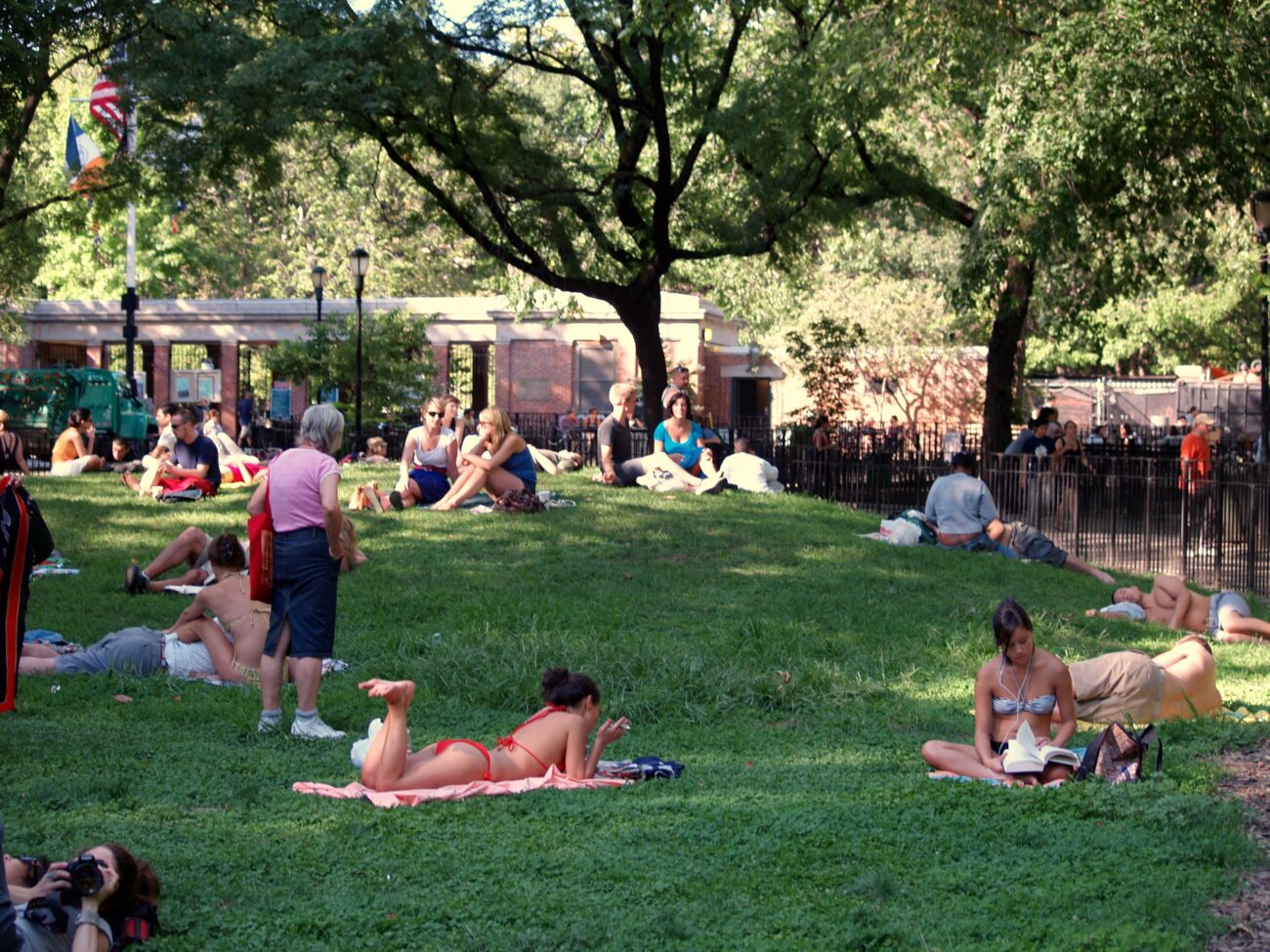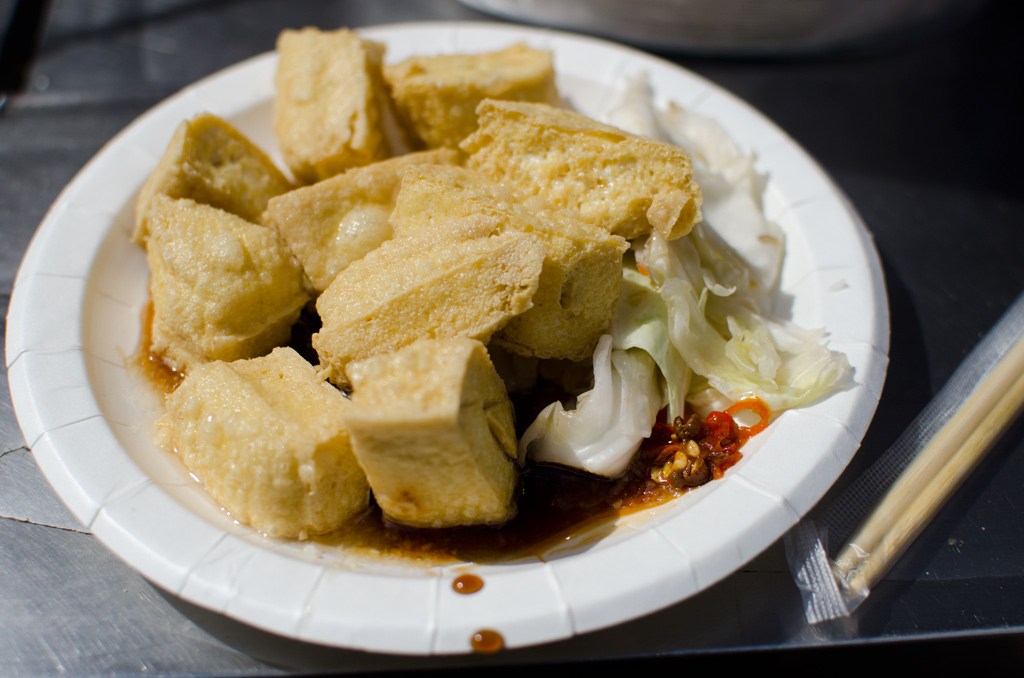In suburban Carlsbad, California, a plastic rebellion is brewing. LEGOLAND’s upcoming festival (May 3-June 8) represents the latest front in a growing culture war that most Americans haven’t even recognized: the systematic elimination of unstructured play from childhood.
The statistics tell a story as blocky and uncomfortable as stepping on a midnight LEGO brick: according to the LEGO Play Well Study 2024, 76% of parents believe their children have less time and space to play than previous generations. The irony of a corporate theme park positioning itself as the solution hasn’t escaped notice.
The Digital-Physical Battleground
At the festival’s Gaming Zone, a towering 21,000-brick Fortnite Cuddle Team Leader stands like a rainbow-colored Trojan horse. According to LEGOLAND’s press materials, this zone aims to bridge digital gaming culture with hands-on building experiences.
You know how a vinyl record feels different from a Spotify playlist? That’s the sensory gap this festival appears designed to address. While LEGOLAND describes the initiative as a $90M indoor coaster with all the Fixings, specific financial figures have not been publicly disclosed.
Structured Unstructuring
The festival’s remaining zones present as meticulously choreographed experiences. In the Dance Zone, children can participate in what promotional materials describe as “DJ Good Vibes Dance Parties” with festive music and dance opportunities.
At the Creative Zone, guests can decorate LEGO Minifigure head cookies as part of what the park describes as “creative building adventures” led by LEGO Master Model Builders.
Child development research consistently shows that American children’s time is increasingly structured. A 2023 American Academy of Pediatrics report noted that school-age children now spend 25% less time in free play than their counterparts in 2000, with structured activities and screen time filling the gap.
The Play Industrial Complex
The festival culminates with families engaging in what LEGOLAND calls “Play Pacts,” encouraging commitments to more play at home, complete with commemorative tokens. The concept mirrors research on commitment devices in behavioral psychology while creating shareable moments for social media.
What remains unaddressed in the festival’s promotional materials: the tension between commercial play experiences and the decline of spontaneous, cost-free play opportunities that previous generations enjoyed.
In an era when kindergartners maintain Google Calendar appointments with color-coding that would impress corporate executives, LEGOLAND’s plastic rebellion offers a paradoxical proposition: pay admission to experience what previous generations got for free—permission to play without purpose.
Whether this festival signals genuine cultural reassessment or merely commodifies nostalgia for unstructured childhood remains to be seen. Either way, those 21,000 bricks forming Fortnite’s Cuddle Team Leader stand as a monument to our complicated relationship with play, simultaneously celebrating and commercializing the very freedom it represents.


















